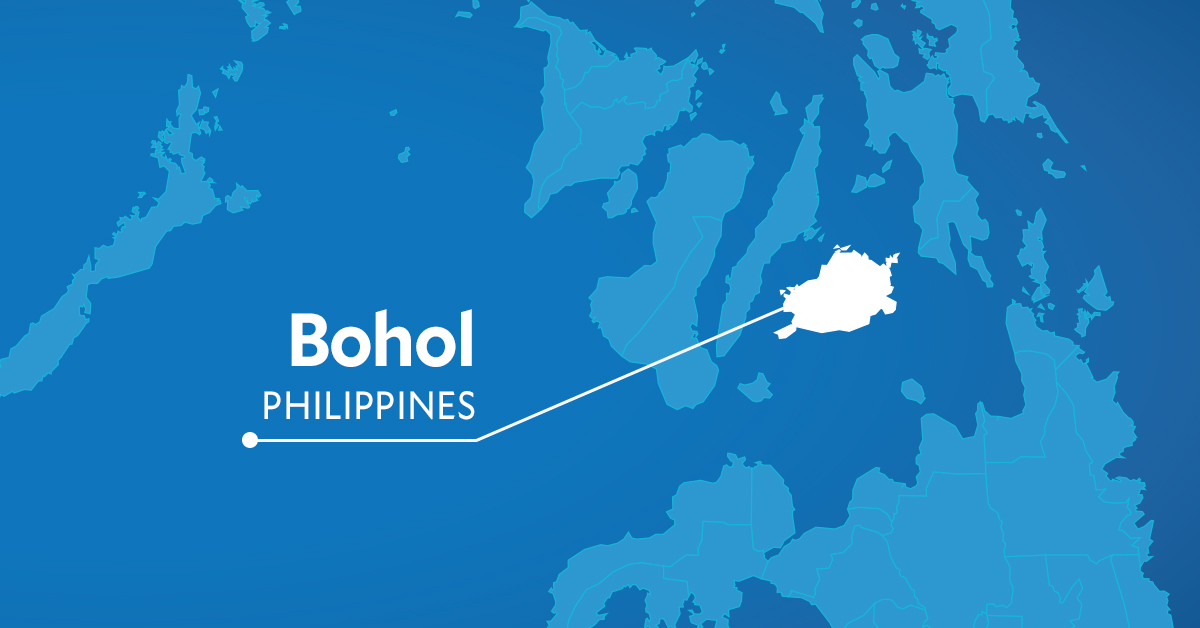Red tide still detected in parts of Bohol, Leyte, other areas in Visayas, Mindanao
MANILA, Philippines — The Bureau of Fisheries and Aquatic Resources (BFAR) said red tide toxins remain detected in shellfish harvested in some areas of Bohol, Leyte, and a few other provinces in Visayas and Mindanao, warning against its consumption.
In an advisory dated Nov. 5 but released on Sunday, the BFAR said that shellfish collected in the following areas remain positive for paralytic shellfish poison (PSP) or toxic red tide that is beyond the regulatory limit:
Coastal waters of Dauis and Tagbilaran City in Bohol;
Villareal, Cambatutay, and San Pedro Bays in Western Samar;
Carigara Bay and coastal waters of Leyte in Leyte;
Matarinao Bay in Eastern Samar;
Dumanquillas Bay in Zamboanga del Sur;
and Lianga Bay in Surigao del Sur
“All types of shellfish and Acetes sp. or alamang gathered from these areas are NOT SAFE for human consumption,” the BFAR said.
“Fish, squids, shrimps, and crabs are safe for human consumption provided that they are fresh and washed thoroughly, and internal organs such as gills and intestines are removed before cooking,” it added
A shellfish ban was first raised in these areas on Oct. 23 due to the red tide toxins.
Meanwhile, apart from the mentioned areas, the BFAR said that the red tide toxin is now also being monitored in the coastal waters of Baroy in Lanao del Norte; coastal waters of Daram Island, Maqueda, and Irong-Irong Bays in Western Samar; Cancabato Bay, Tacloban City in Leyte.
The term “red tide” is used to describe the algal bloom phenomenon wherein the water is discolored by high concentrations of toxic and nontoxic algae in the water.
Disclaimer: The comments uploaded on this site do not necessarily represent or reflect the views of management and owner of Cebudailynews. We reserve the right to exclude comments that we deem to be inconsistent with our editorial standards.

